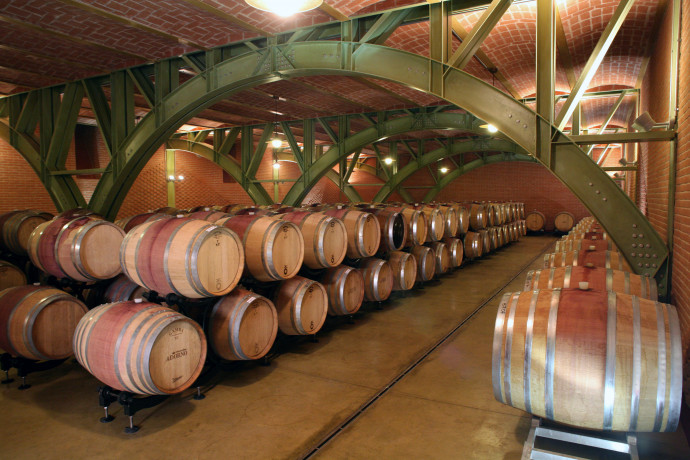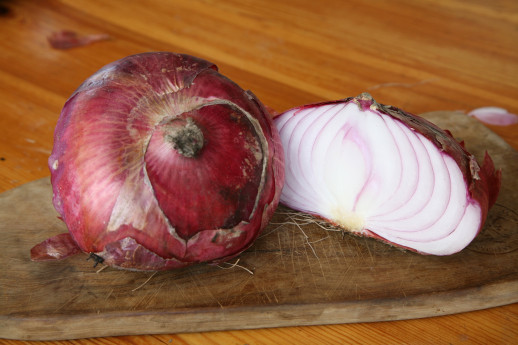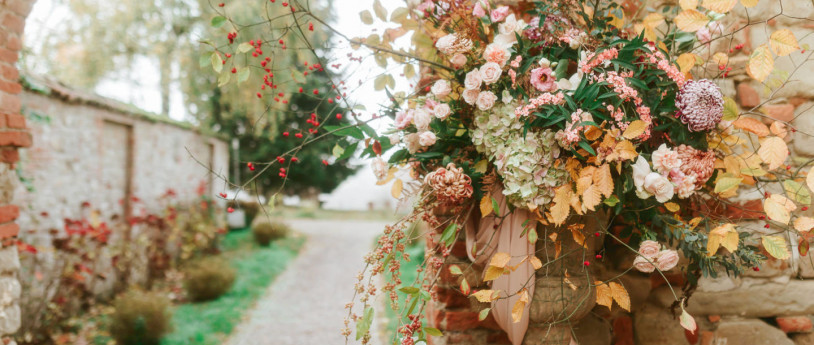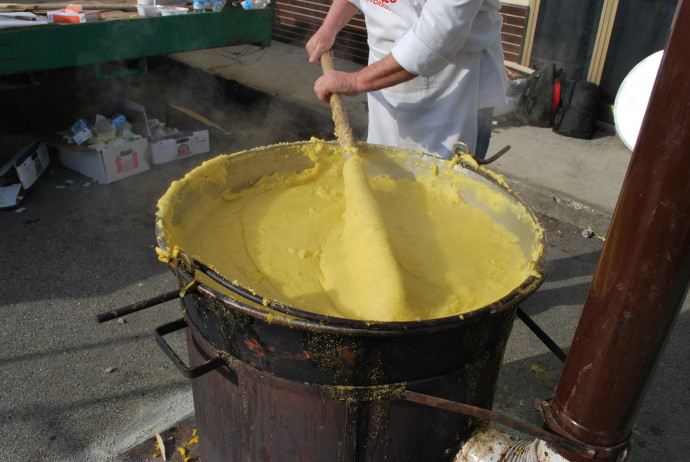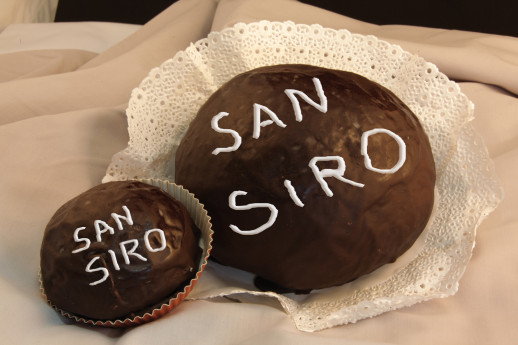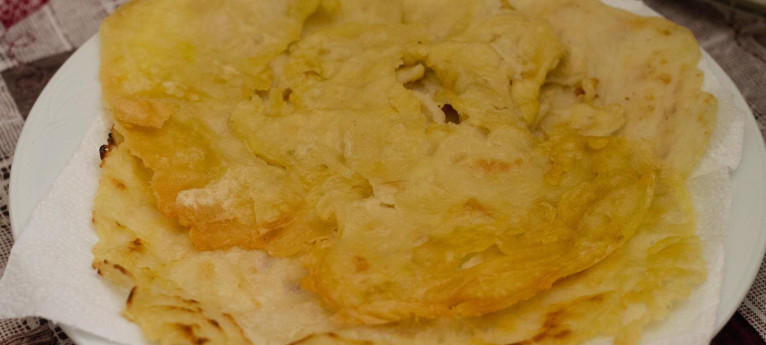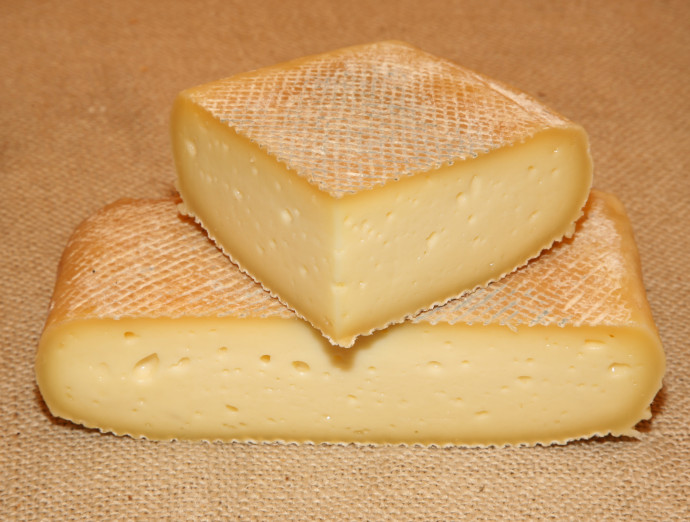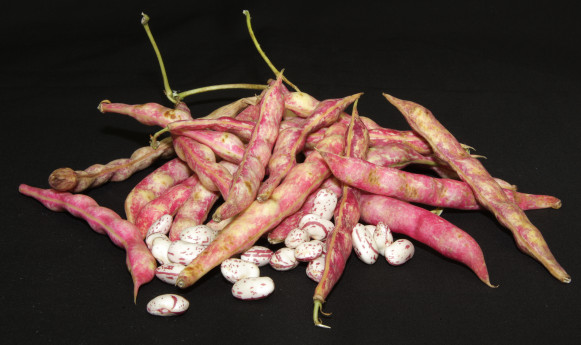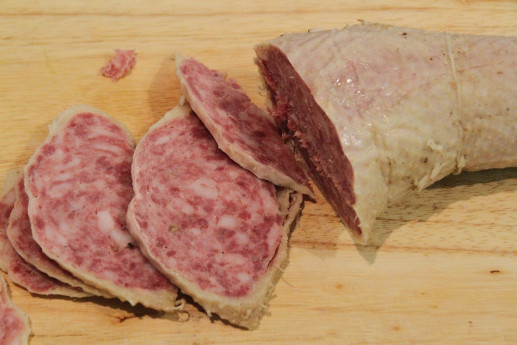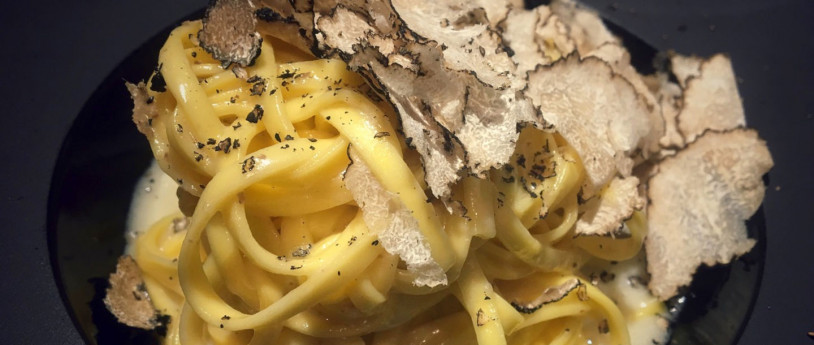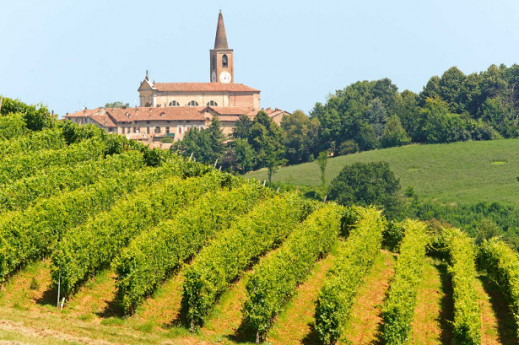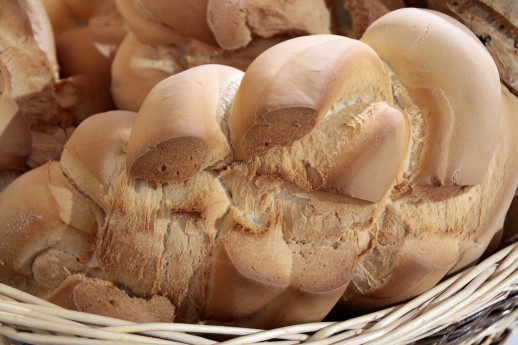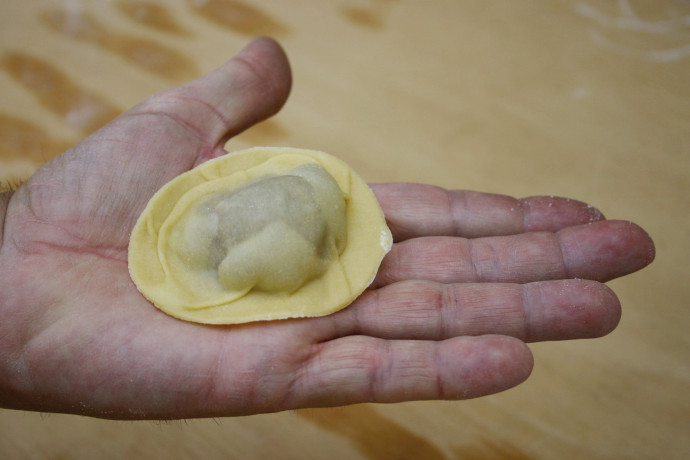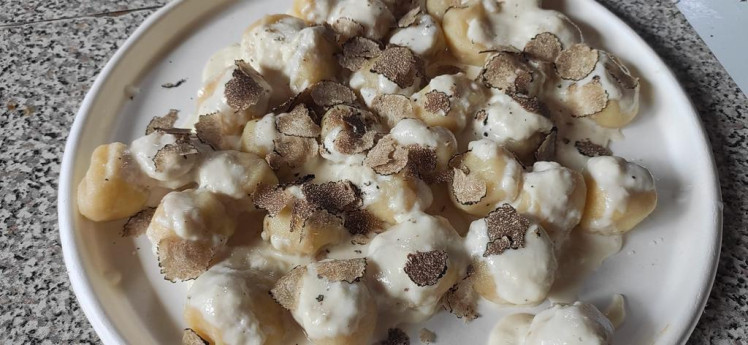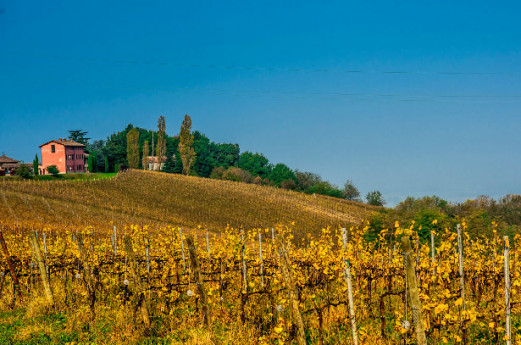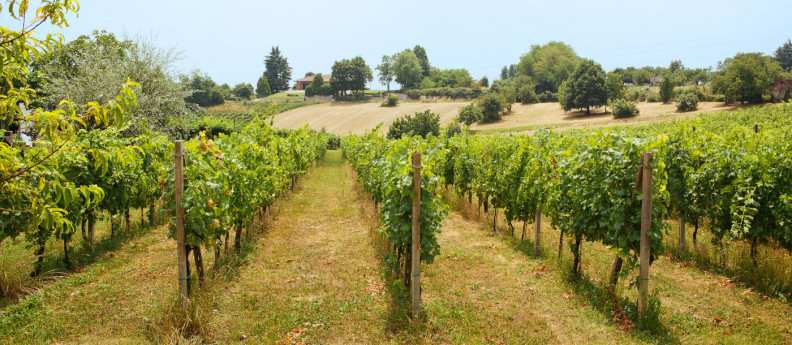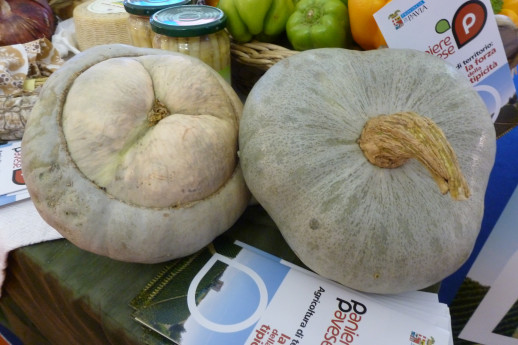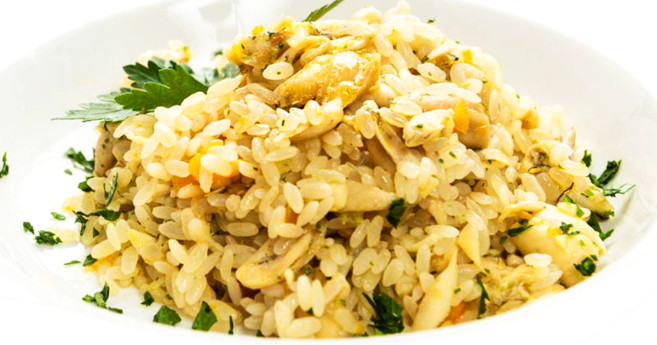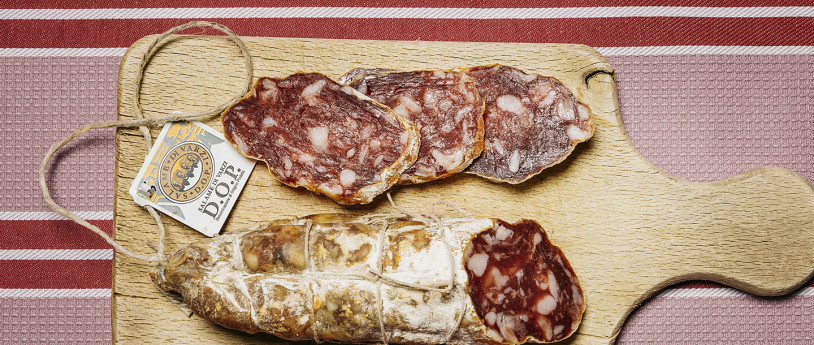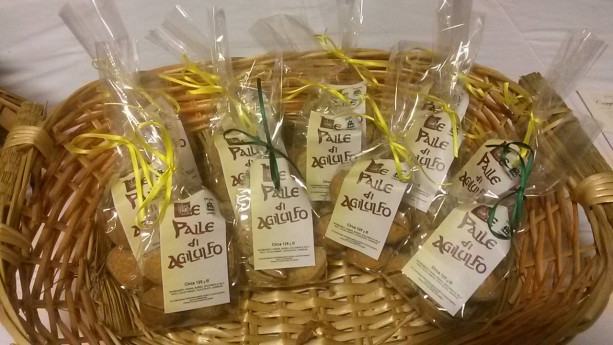- Food & Wine
La schita dell’Oltrepò Pavese
A treasure of rural tradition
Other links
FacebookLa schita dell’Oltrepò Pavese
Dove mangiare la schita
THE SCHITA RECIPE
The ingredients for Oltrepò Pavese’s Schita are few and easy to find, but mastering its preparation requires practice and experience. Key factors include the fluidity of the batter, the amount spread across the pan, and achieving the perfect golden-brown color. The batter must be fluid enough to spread quickly and evenly in the pan, creating a thickness of just a few millimeters. If it is too thin, it will burn upon contact with the hot oil or lard; if too thick, it will absorb too much fat, making the Schita heavy and difficult to digest. Schita is not deep-fried or submerged in oil or lard; it should only be lightly golden. The final texture should be neither as soft as a crêpe nor so crispy that it crumbles.
INGREDIENTS
- 150 grams of flour
- Natural water, just enough to achieve a fluid but not overly liquid batter (usually about one glass)
- A pinch of salt
- Lard or olive oil for browning
While preparing the batter, heat a small amount of oil—just enough to coat the pan lightly, as the Schita should not "swim" in it—or use 2 tablespoons of lard, as in the original recipe. Use a 20 cm iron or non-stick pan. Pour in 2 tablespoons or a small ladle of batter, making sure to spread it evenly across the pan.
The Schita should be golden on both sides, flipping it frequently. Once cooked, place it on paper towels for a few minutes to absorb any excess oil or lard. Schita can be enjoyed on its own, like a small flatbread, or paired with cured meats and cheeses. It can also be eaten as a sweet treat, dusted with sugar.
As a "humble" dish of the rural tradition, today’s pairings are a result of modern availability. In the past, it was eaten plain or with onions, garlic, and other simple ingredients found in Oltrepò Pavese homes and farms.
Schita is not just a homemade recipe—it can also be found in restaurants and farmhouses across Oltrepò Pavese.
(SOURCE: HTTPS://WWW.LASCHITADELLOLTREPOPAVESE.IT)
